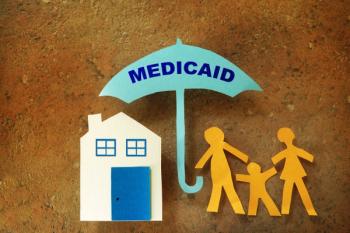
Consumer-directed healthcare bandwagon loses steam
Washington, D.C.-Despite earlier promises that consumer-directed healthcare (CDHC) programs would reduce healthcare spending by encouraging more efficient purchase of health services, consumer confusion and higher out-of-pocket costs seem to be slowing enthusiasm for these plans.
WASHINGTON, D.C.-Despite earlier promises that consumer-directed healthcare (CDHC) programs would reduce healthcare spending by encouraging more efficient purchase of health services, consumer confusion and higher out-of-pocket costs seem to be slowing enthusiasm for these plans.
Cost-shifting to consumers is decelerating, commented Morgan Stanley managing director Christine Arnold at a conference last month sponsored by the Center for Studying Health System Change (HSC).
An estimated 8 million individuals are enrolled in CDHC plans that can link a high-deductible insurance policy to some kind of savings account to cover out-of-pocket costs. But this total includes less than 3 million workers; most CDHC enrollment growth involves individuals with few other choices.
ERIC PLATFORM
One proposal for reviving the CDHC model comes from a coalition of more than 100 large employers that has developed a new option for providing individual health and retirement benefits for workers. The program, developed by the ERISA Industry Committee (ERIC), proposes that competing third-party independent benefit administrators provide these benefits to all individuals, instead of each company offering different plans.
This approach would give employees access to a broad range of quality benefits programs that would be portable and available with equal tax treatment to anyone. The plan would require Congressional changes in tax policy, as well as adoption of an individual health insurance mandate.
Newsletter
Get the latest industry news, event updates, and more from Managed healthcare Executive.






















































